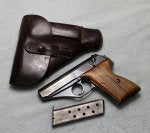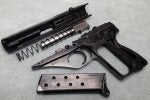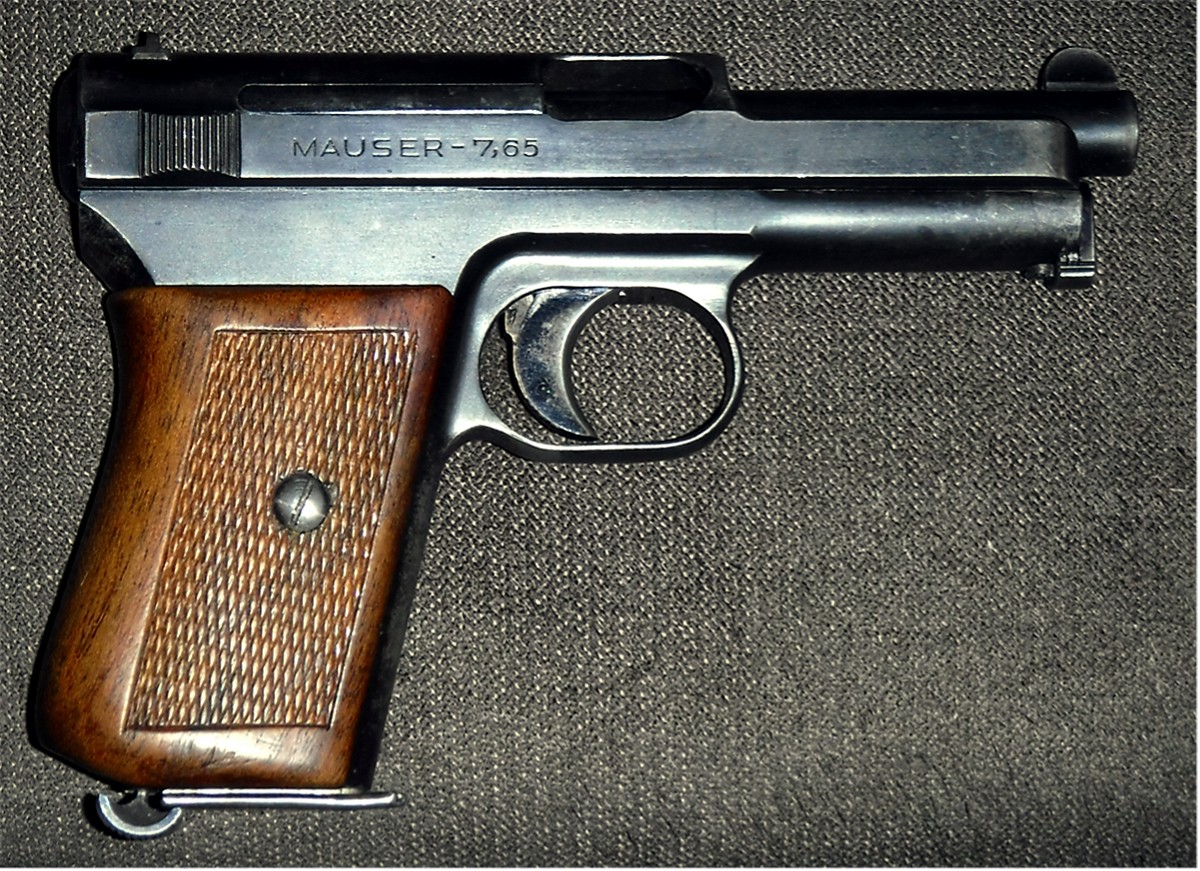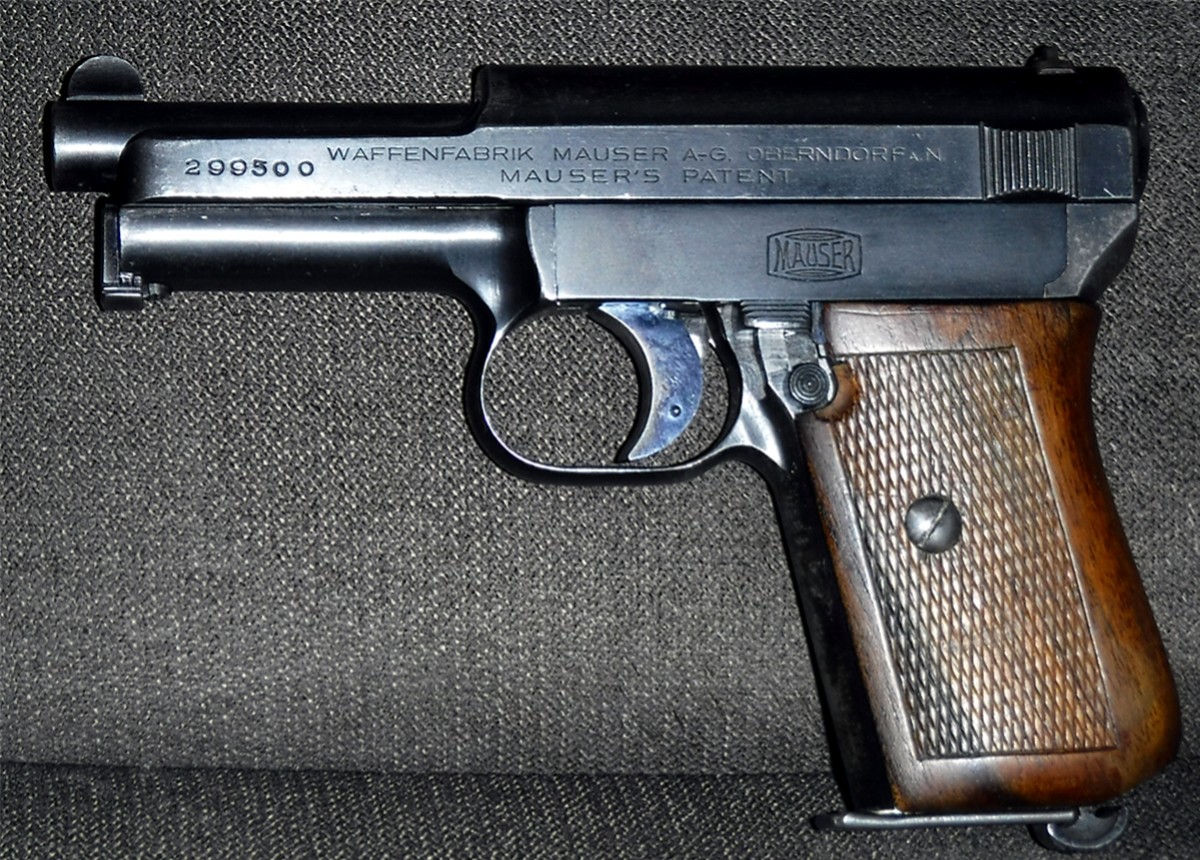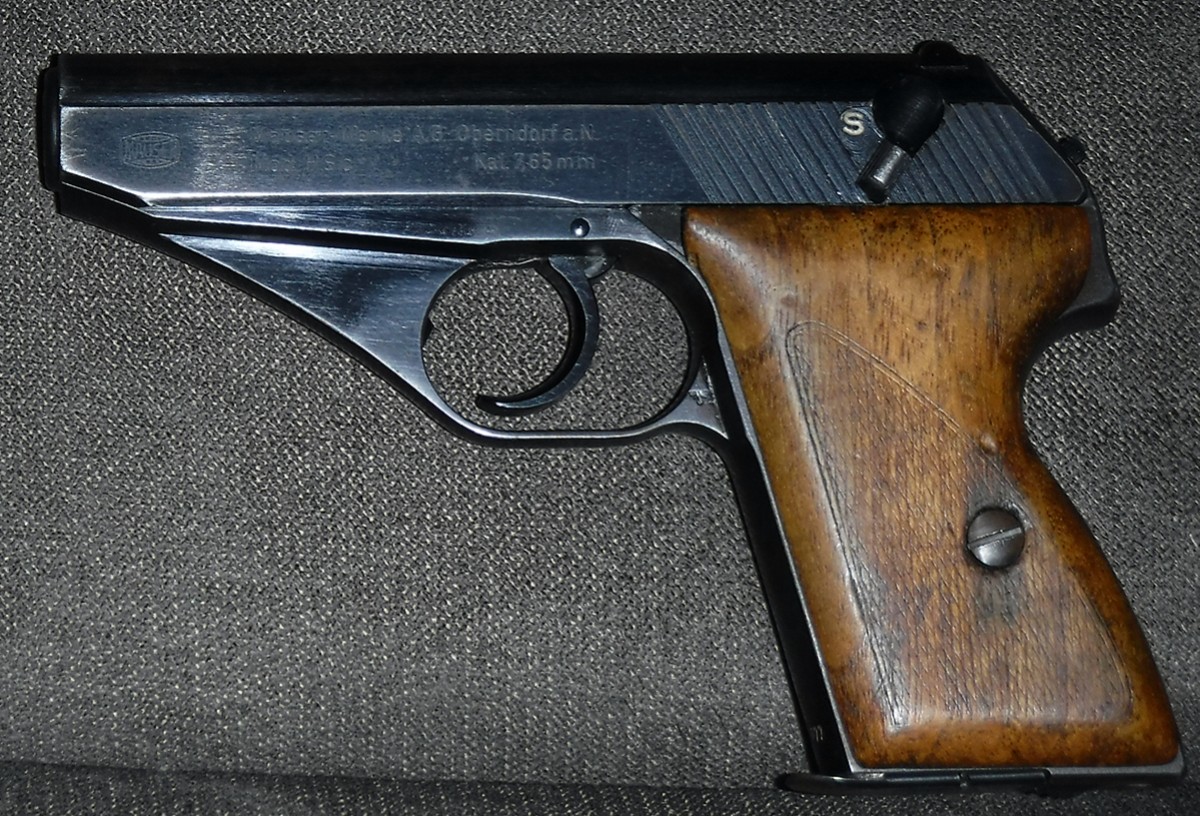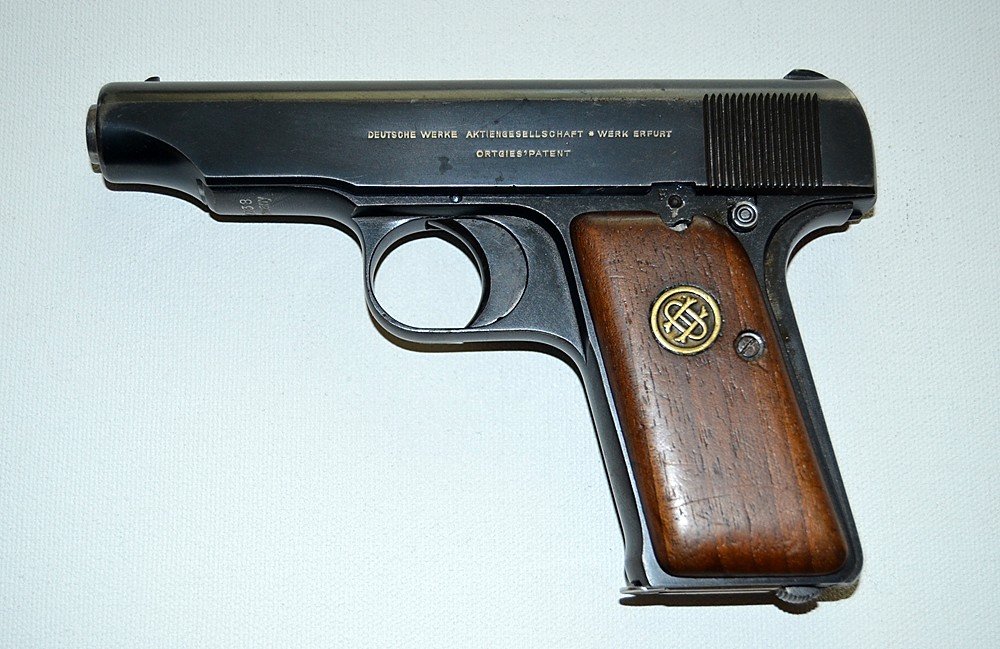Hey Y’all,
In addition to collecting Colt pistols and revolvers, I have always been interested in military weapons — especially those from WWII. During that conflict, Germany designed some truly ground breaking small arms. One of those designs in my opinion is the Mauser made pocket pistol model HSc. Looking at and handling an HSc to me feels as though it would have been produced many decades later than the late 1930’s. It just screams modern concealed carry to me.
Anyway, I thought I’d post a couple of photographs of two of the Mauser model HSC pistols I have in my collection. I have been interested in these neat little German pistols since I saw an example owned by a collector buddy. They are really well designed pocket pistols in .32acp — after WWII they were offered in .380acp as well. The examples below are both late war pistols accepted by the German military as evidenced by their WaA135 waffenampt inspector’s mark on the trigger guard. The top pistol in the photographs is the much more common blued example, while the bottom example is finished in the late war German phosphate coating. There are very few of the phosphate examples out there and even fewer with the WaA135 military acceptance marking.
I have found these HSc pistols very addicting to collect due to their elegant design and different variations made throughout WWII and after. These were popular with the German police forces, the German military — Army, Navy, and Air Forces. They are easy to carry, accurate, and quick to draw from a holster due to their sleek profile. Enjoy!
![]()
![]()
Take Care,
Tom
In addition to collecting Colt pistols and revolvers, I have always been interested in military weapons — especially those from WWII. During that conflict, Germany designed some truly ground breaking small arms. One of those designs in my opinion is the Mauser made pocket pistol model HSc. Looking at and handling an HSc to me feels as though it would have been produced many decades later than the late 1930’s. It just screams modern concealed carry to me.
Anyway, I thought I’d post a couple of photographs of two of the Mauser model HSC pistols I have in my collection. I have been interested in these neat little German pistols since I saw an example owned by a collector buddy. They are really well designed pocket pistols in .32acp — after WWII they were offered in .380acp as well. The examples below are both late war pistols accepted by the German military as evidenced by their WaA135 waffenampt inspector’s mark on the trigger guard. The top pistol in the photographs is the much more common blued example, while the bottom example is finished in the late war German phosphate coating. There are very few of the phosphate examples out there and even fewer with the WaA135 military acceptance marking.
I have found these HSc pistols very addicting to collect due to their elegant design and different variations made throughout WWII and after. These were popular with the German police forces, the German military — Army, Navy, and Air Forces. They are easy to carry, accurate, and quick to draw from a holster due to their sleek profile. Enjoy!
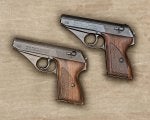
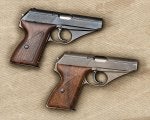
Take Care,
Tom







